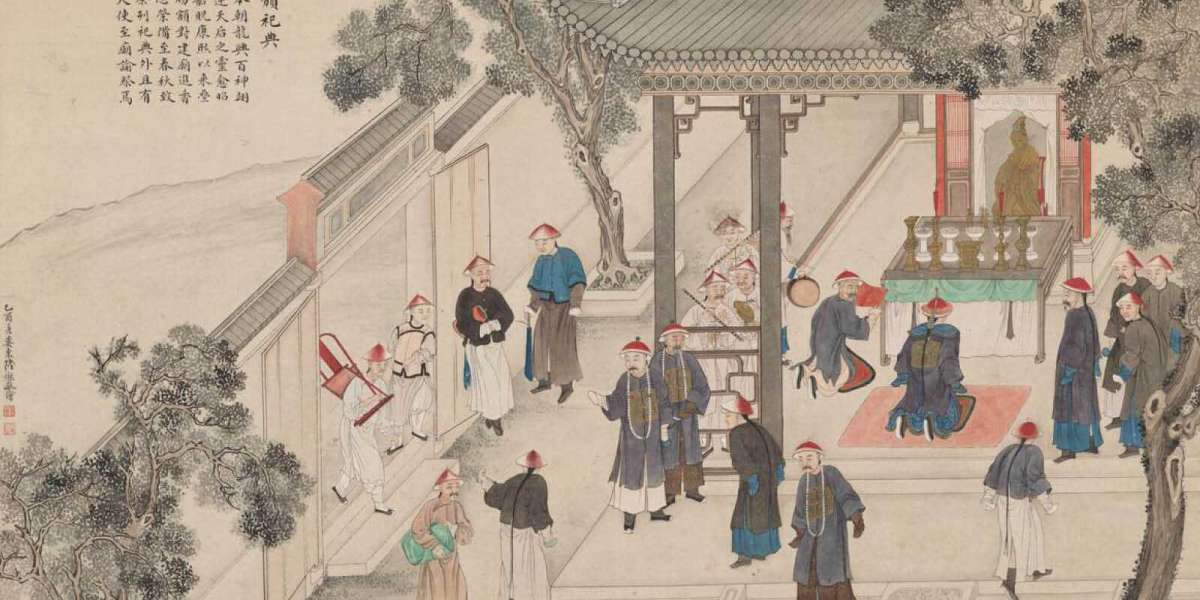Chinese drawings are not just visual expressions; they are a reflection of a rich, centuries-old tradition deeply interwoven with China’s history, philosophy, and cultural evolution. Understanding the historical and cultural significance of Chinese drawings offers a unique lens into the past, showcasing how art has both influenced and been influenced by the changing tides of Chinese civilization.
The Roots of Chinese Drawing: Early Beginnings
The origins of Chinese drawing can be traced back thousands of years. Early Chinese drawings, like those found in ancient cave paintings, were simplistic and symbolic, serving more as a record of daily life, such as hunting scenes or ritualistic depictions. As Chinese civilization progressed, so too did its artistic expression. During the Shang Dynasty (1600–1046 BCE), bronze vessels were often decorated with intricate designs and drawings that depicted animals, spirits, and other symbolic motifs.
The advent of paper-making during the Eastern Han Dynasty (25–220 AD) revolutionized Chinese drawing. Before this, artists primarily used silk or bamboo strips. With the introduction of paper, Chinese drawings could be produced more efficiently and at a larger scale, which helped preserve this art form for generations to come. During this time, artists began to experiment more with calligraphy and sketches, elevating Chinese drawing into a more refined art form.
Philosophical and Spiritual Influence on Chinese Drawings
The significance of Chinese drawings is rooted in the nation's philosophical and spiritual foundations. Confucianism, Taoism, and Buddhism have all played pivotal roles in shaping the themes, techniques, and perspectives in Chinese drawing.
Confucianism emphasized moral virtues, order, and harmony. This is reflected in the precision and balance that are characteristic of traditional Chinese art. A skilled Chinese artist was expected to not only demonstrate technical prowess but also convey ethical and philosophical concepts through their work. Thus, a Chinese drawing often carried a deeper meaning, symbolizing ideals such as harmony between man and nature, the balance of yin and yang, or the ideal of filial piety.
Taoism, with its emphasis on the flow of life and the interconnectedness of all things, also left a significant mark on Chinese drawings. The Taoist belief in spontaneity and simplicity can be observed in the fluid, unrestrained brush strokes that characterize much of Chinese drawing. Nature, in all its forms, is a central subject in Taoist-influenced Chinese art, reflecting the Taoist belief that humans are an integral part of the natural world.
Buddhism’s influence on Chinese drawings is particularly evident in religious art. As Buddhism spread into China, it brought with it new iconography, such as depictions of the Buddha, bodhisattvas, and other divine figures. These figures were often drawn with great care and reverence, with each detail symbolizing a deeper spiritual truth or divine attribute. Chinese drawings depicting Buddhist themes served both as a means of devotion and as a medium through which complex religious teachings could be conveyed.
The Evolution of Chinese Drawing Styles
As Chinese drawing evolved, so did the techniques and materials used. From the early symbolic sketches to the more refined and highly detailed works of later dynasties, Chinese drawings have undergone significant transformation, reflecting the broader changes in Chinese society, culture, and politics.
During the Tang Dynasty (618–907), Chinese drawing flourished with the introduction of more sophisticated techniques and styles. The Tang period saw the rise of some of the most celebrated Chinese artists, such as Wu Daozi, whose works became iconic examples of Buddhist art. The use of ink, along with innovations in brushwork and shading techniques, allowed for greater depth and dimension in Chinese drawings.
The Song Dynasty (960–1279) brought further advancements in the art of Chinese drawing. During this period, landscapes became a dominant theme, with artists striving to capture the natural world in its purest and most harmonious form. Artists like Fan Kuan and Guo Xi created monumental landscape drawings that blended realism with idealized interpretations of nature. The Song Dynasty's emphasis on scholarly pursuits also influenced the development of Chinese drawing as a form of intellectual expression.
In the Yuan Dynasty (1271–1368), the Mongol invasion led to significant changes in Chinese society. The influence of foreign cultures, combined with a growing interest in individual expression, led to the rise of ink wash techniques and free-form drawing styles. Artists like Zhao Mengfu pushed the boundaries of traditional Chinese drawing, introducing more fluid and spontaneous brushstrokes. This period also saw the emergence of new genres of Chinese drawing, such as the depiction of personal expression and intimate scenes.
The Ming (1368–1644) and Qing (1644–1912) Dynasties continued to develop Chinese drawing, with a focus on both preserving traditional techniques and exploring new artistic frontiers. The development of individual styles, as seen in the works of the famous artist Qi Baishi, who is known for his drawings of insects, flowers, and animals, helped to define the modern era of Chinese art.
The Cultural Role of Chinese Drawings
Chinese drawings are not only an artistic expression; they are also a reflection of Chinese cultural values and social norms. In traditional Chinese society, drawing was closely tied to scholarly pursuits. Scholars were often expected to be proficient in a variety of arts, including drawing, calligraphy, and poetry. These three disciplines were seen as interconnected, and many Chinese drawings were created alongside poems or inscriptions that provided context or philosophical reflection.
Chinese drawings also played a central role in religious and ceremonial practices. Buddhist monasteries, Taoist temples, and Confucian academies often commissioned artists to create drawings that conveyed spiritual or philosophical teachings. In these settings, Chinese drawings served not only as decoration but as a means of conveying moral and spiritual truths to the wider community.
Moreover, Chinese drawings have always been closely tied to the concept of "art as an expression of the self." In traditional Chinese art, the artist’s personal spirit and character were believed to be reflected in their work. Therefore, Chinese drawings were often seen as windows into the soul of the artist. This emphasis on personal expression is still evident in modern Chinese art today.
The Legacy of Chinese Drawings in Modern Art
In modern times, Chinese drawings continue to hold a place of prominence both within China and in the global art scene. While contemporary Chinese artists have embraced a wide range of styles and techniques, many still draw inspiration from the rich traditions of Chinese drawing.
One notable modern development is the incorporation of traditional Chinese drawing techniques with Western artistic influences. Artists like Xu Beihong, known for blending Western realism with traditional Chinese ink drawing, helped to shape the direction of Chinese art in the 20th century. Similarly, the works of contemporary artists such as Zhang Xiaogang and Cai Guo-Qiang continue to explore the fusion of ancient Chinese drawing traditions with modern and global themes.
The study of Chinese drawings also plays a key role in art education and preservation. Many art schools around the world offer courses on Chinese art history, and Chinese drawings remain an integral part of global art collections and exhibitions.
Conclusion: The Enduring Importance of Chinese Drawings
The historical and cultural significance of Chinese drawings cannot be overstated. These drawings represent not just an aesthetic tradition, but a cultural dialogue that spans millennia. Whether reflecting the profound philosophical teachings of Confucianism and Taoism, showcasing the beauty and harmony of nature, or recording the changing social and political landscape of China, Chinese drawings offer invaluable insights into the soul of one of the world’s oldest civilizations. Through their intricate brushstrokes and symbolic forms, these drawings continue to speak to contemporary audiences, maintaining their relevance and importance in the world of art and culture today.



